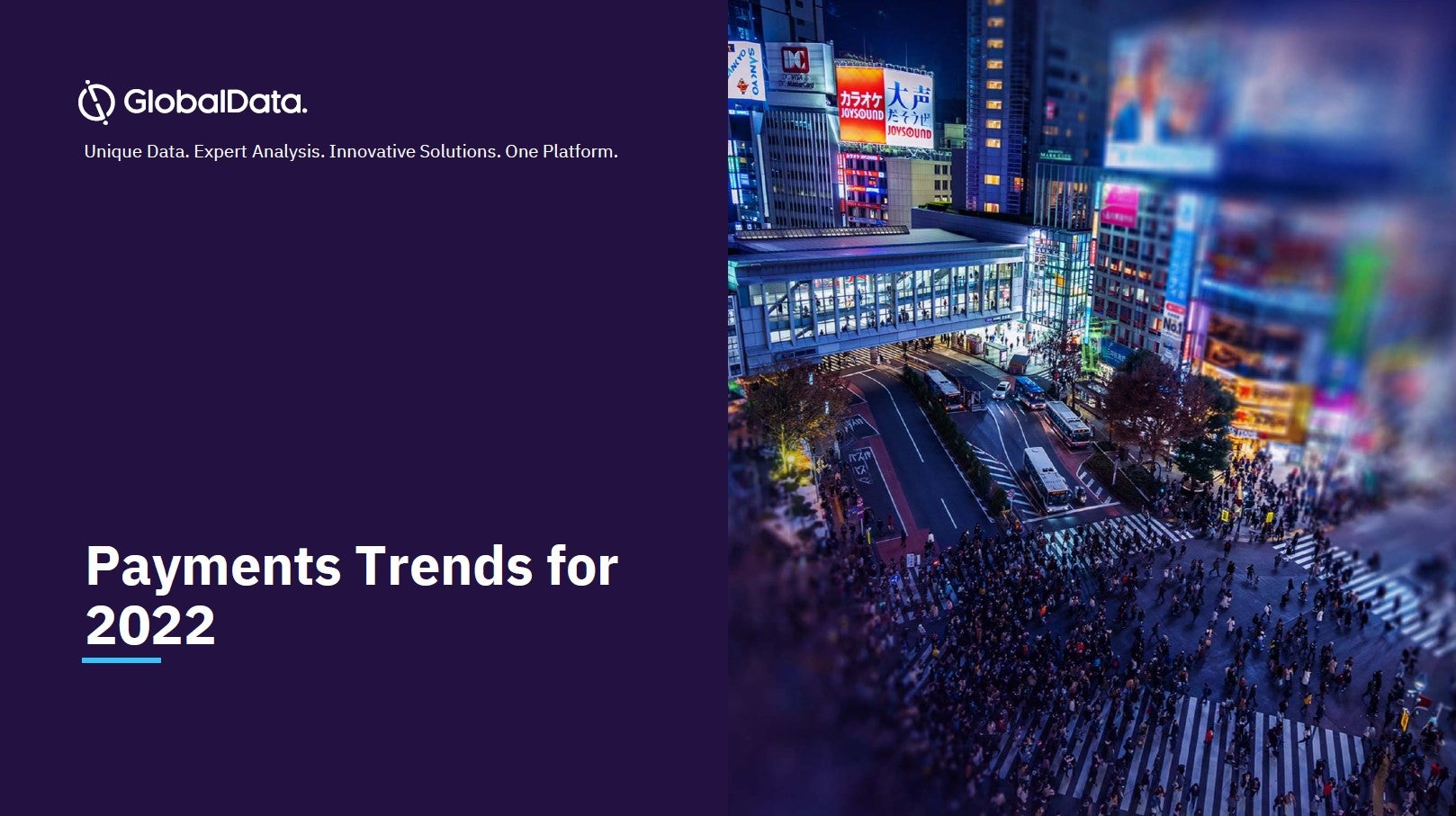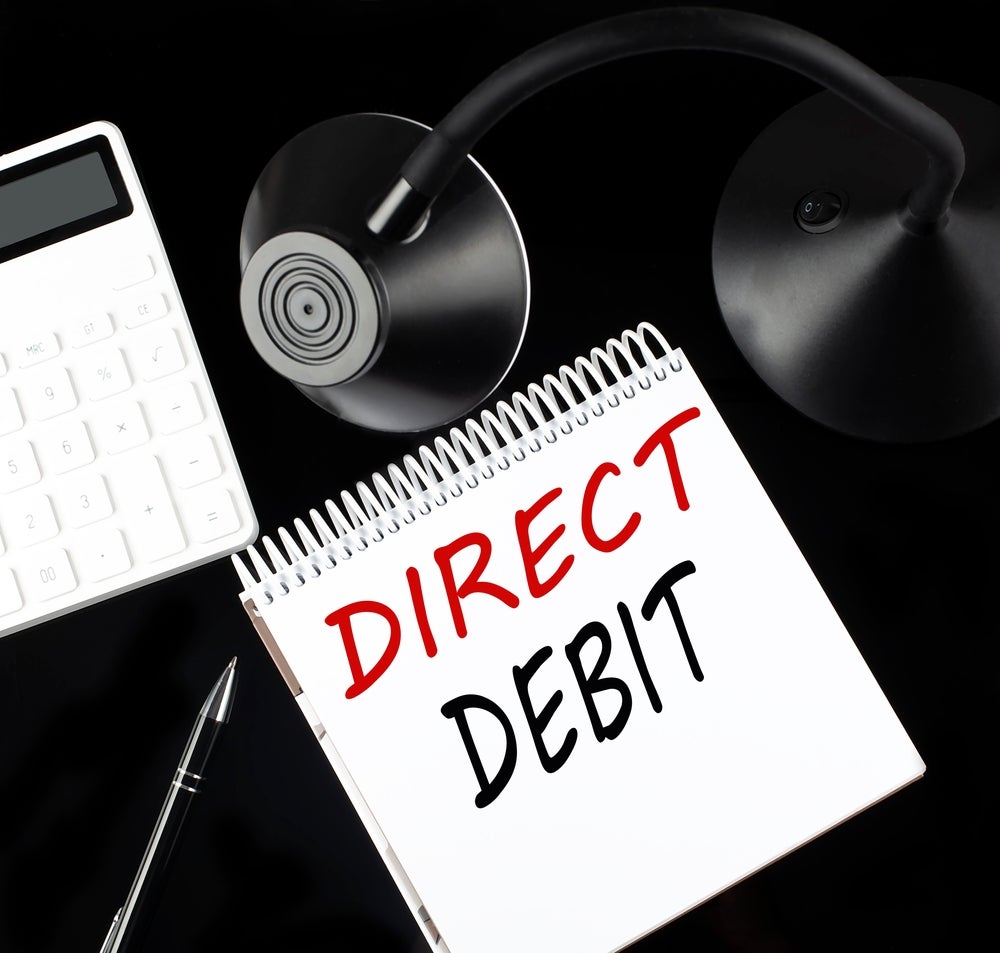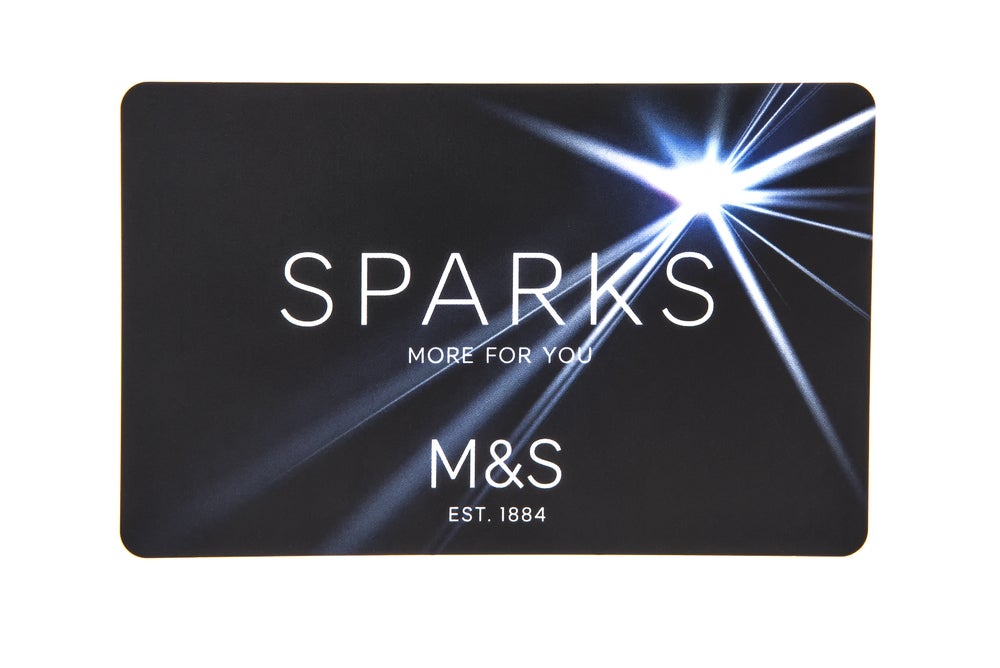Peru’s BIM is providing the international banking and payments industries with a reference model for how the various stakeholders in a mobile money ecosystem can collaborate to build a nationwide, interoperable infrastructure. Robin Arnfield takes a closer look at the platform’s launch, strategy and ambitions
In February 2016, Peru’s leading banks and mobile network operators launched the Billetera Móvilmobile wallet (BIM), a shared national digital financial services platform targeting the country’s unbanked and underbanked consumers. Its goal is to sign up to half of Peru’s 10 million unbanked persons by 2020.
BIM’s users will be offered mobile digital financial services irrespective of who their bank or telco is. The services are being rolled out gradually, with person-to-person (P2P) transfers, deposits and withdrawals, and airtime top-ups launched first.
According to a GSM Association (GSMA) report The Mobile Economy: Latin America and the Caribbean 2016, over 70% of the Peruvian population is financially excluded. Jeffrey Bower, a former United Nations (UN) digital finance specialist with the Better Than Cash Alliance, says the reasons include high transaction costs, financial illiteracy, and a lack of accessibility in remote areas.
However, with over 40,000 banking agents and 10.6 million debit cards, Peru has a relatively well-developed formal financial sector, says Bower, who currently runs emerging markets payments consultancy Bower & Partners.
Another characteristic of Peru is a high degree of market concentration among a small number of banks. According to a March 2016 report by JP Morgan, Peru’s top four banks – Banco de Crédito del Perú, BBVA Continental, Scotiabank and Interbank – held 87% of the country’s total loans and 88% of the total deposits as of December 2015.
How well do you really know your competitors?
Access the most comprehensive Company Profiles on the market, powered by GlobalData. Save hours of research. Gain competitive edge.

Thank you!
Your download email will arrive shortly
Not ready to buy yet? Download a free sample
We are confident about the unique quality of our Company Profiles. However, we want you to make the most beneficial decision for your business, so we offer a free sample that you can download by submitting the below form
By GlobalDataThe Peruvian National Institute of Statistics estimates that of Peru’s population of 30 million, 87% of homes have at least one mobile phone subscriber, indicating potential for financial inclusion via mobile devices.
BIM is operated by Pagos Digitales Peruanos (PDP), a private-sector company owned by Modelo Perú, a partnership between Peru’s financial institutions including private-sector and state-owned banks, cajas (credit unions), microfinance institutions; licensed non-bank electronic money issuers; and the country’s largest telcos.
Under Peru’s Electronic Money Law, non-financial institutions are eligible to participate in financial services and offer banking products.
“Together these institutions have constructed a shared infrastructure for mobile payments, which forms the basis for competition on customer acquisition through products, all with a unifying goal of financial inclusion,” says Bower.
“If successful, this will be the world’s first attempt to build a fully interoperable national mobile payments system designed to promote financial inclusion.”
PDP’s stakeholders had the opportunity to learn from mobile money schemes implemented in other parts of the world before developing their own infrastructure. Many mobile money programmes struggle to reach scale because they are not attractive enough for people to switch away from cash.
“Part of the reason is that generally these programmes are operated by one entity, usually a single bank or a telecoms company,” adds Bower.
“Often these solutions are closed-loop and work only for the organisation’s own customers. When such limits are placed on how and where transactions can happen, there is limited incentive for people to change their behaviour, especially as cash is universally accepted.”
Bower is a specialist in mobile money services and provided advice to Scotiabank in implementing Latin America and the Caribbean’s first successful mobile payment service in Haiti in 2010 (TchoTcho Mobile).
He then developed mobile money programmes for Scotiabank in Mexico, Colombia and Peru. After leaving Scotiabank, Bower helped the Peruvian government design the partnerships and strategy behind Modelo Perú.
PDP operates the network and switch for BIM, handling the clearing of the transactions and settling via Peru’s real-time gross settlement system (RTGS).
Asociación de Bancos del Perú’s financial education institute holds a majority equity stake in PDP. Other investors include the UN Better than Cash Alliance and the Andean Development Corporation-Development Bank of Latin America.
Asociación de Bancos del Perú played a key role in establishing the Modelo Perú initiative. It invited technology companies to submit tenders to develop a national mobile payments switch that would work with all Peru’s state-owned and private-sector financial institutions, microfinance providers, and telcos. The contract was won by Sweden’s Ericsson in August 2014.
Progress report
According to Felipe Vasquez de Velasco, PDP’s MD, as of December 2016 BIM had 280,000 customers.
“BIM is currently working with Movistar, Claro, and Entel and plans to add Bitel [owned by Vietnam’s Viettel] during the first half of 2017,” he says.
“Currently, 22 financial institutions are connected to BIM. Deposits are currently the number one transaction type and we expect to significantly increase top-ups in early 2017 and then focus on P2P transfers.”
“I would have liked the service to have expanded more quickly,” Bower tells RBI.
“But BIM’s uptake has exceeded the initial expectations for the project in terms of the planned targets for the number of users. All financial institutions in Peru are pushing the service. While there are a number of issues preventing expansion, these are being dealt with and 2017 will be a year of growth.”
De Velasco adds “Recently, we connected BIM to traditional chequeing accounts at one of Peru’s main banks, so that money can be transferred from a bank account to BIM through the bank’s mobile app and internet banking platform. Over the next few weeks, a second bank will add this functionality, and the rest of the financial institutions connected to BIM will add it during 2017.”
De Velasco says PDP is planning to extend BIM’s coverage and user adoption by connecting the platform to the existing Peruvian point of sale (POS) networks and bill payment integrators, and by developing a new type of light agent network which will work only with cash-in-cash-out BIM transactions.
“The main focus right now is on building up BIM’s customer base and improving its agent infrastructure,” says Sonia Arenaza, regional lead for Latin America and the Caribbean at the Better Than Cash Alliance.
Currently, BIM is available only in an unstructured supplementary service data (USSD) version, a protocol used by GSM-based mobile phones for communicating with a service provider’s computers.
“During 2017, BIM will become available as a smartphone app, but will continue to work on every type of phone using the USSD version,” says de Velasco. “Future functionality will include cash-out at ATMs, purchases through POS networks, transfers from BIM to savings accounts, and loan payments.”
“To expand and improve its agent network, BIM needs to add other types of functionality including business-to-business (B2B) transactions and merchant payments” adds Bower.
Pilot scheme
Three Peruvian consumer packaged goods manufacturers – beer producer Backus, Coca-Cola bottler Corporacion Lindley, and milk product producer Grupo Gloria – are participating in a multi-stakeholder supply chain digital money pilot linking BIM with ‘mom’n’pop’ stores in Lima.
According to Bower, if the B2B pilot is successful, the digital payment service for supply chains will be rolled out nationwide.
“The three companies are testing the digitisation of payment streams for their supply chains,” says Bower.
“The cash that merchants put into their BIM account to pay for their Coca-Cola purchases can be used to pay for their milk and beer supplies.”
Backus, Lindley and Gloria jointly represent 60–70% of the shopkeepers’ basket of goods that consumers purchase.
“Their goal is to reduce the use of cash in a massive way, in every corner of Peru among the country’s hundreds of thousands of shopkeepers, who have traditionally paid for their purchases from distributors in cash,” Bower explains.
“The idea is that, if Peru’s three major consumer product distributors agree on offering a single digital payment product, this will facilitate shopkeepers to switch from cash to mobile money. This pilot is one of the first multi-stakeholder mobile money projects in the world. Other countries are trying to implement similar initiatives with multiple consumer product distributors.”
Moving from cash to digital supply-chain payments offers benefits in terms of increasing efficiencies in, and reducing the cost of, payments collection as well as eliminating the risk of theft and fraud.
Providing a digital supply-chain solution that works across all financial institutions and all telcos means that shopkeepers can become financially included, gaining access to formal credit, savings and insurance.
In 2012, Bower worked with Scotiabank and Backus to develop a B2B solution that would reduce the use of cash by allowing Peruvian shopkeepers to pay for goods using digital money.
“The solution worked, but constraints meant the product worked only with one distributor with one bank on one network, which inevitably limited use,” says Bower.
“The interest was definitely there, but shopkeepers commented that it was hard to change payment behaviour for just one of their distributors. Distributors wanted the solution for all their clients, not just for some.”
Digitising government payments
“When you have a platform that is collaboratively designed and that operates among all telcos, financial institutions and approved e- money issuers, this enables a government to actively transfer payment streams from cash to e-money via the platform,” says Bower.
“The Peruvian government is pursuing a strategy of digitising payments at many different levels using BIM.
“Currently, the BIM development team is working with the government to decide which are the easiest payments to digitise. There is now the ability to pay small business taxes via a BIM account.”
An October 2016 report by The Better than Cash Alliance, Building from a Strong Foundation: A Path Forward for Digitizing Sub-national Government Payments in Peru, recommended that BIM be extended to facilitate government-to-person (G2P) and P2G/B2G payments.
“Our research found that there is a potential to digitise approximately PEN33.33bn ($19bn) which will have cost efficiency benefits for the government and a positive impact on financial inclusion” says Arenaza.
According to the GSMA’s Mobile Economy: Latin America and the Caribbean 2016 report, in 2015 there were 37 live mobile money deployments across 17 Latin American and Caribbean markets, of which around half are led by mobile operators and the rest by banks and other financial services providers.
“The majority of countries [in Latin America] now have two or more live services, while several markets now have three,” the report says.
“Three mobile money deployments in Latin America have more than 1m active customers, and there are now 17.3m registered mobile money accounts across the region.”
Mobile money services are a powerful tool for deepening financial access, as half of adults in the region are underserved by formal financial services, the GSMA says.
Financial exclusion levels range from over 80% in Haiti and Nicaragua to less than 35% in Brazil, Jamaica and Costa Rica. Peru, at over 70% of adults without financial accounts, has the second-highest level of financial exclusion in the region, followed by Honduras, El Salvador, Colombia and Mexico with over 60%, and Argentina, the Dominican Republic and Venezuela with over 40%.
The GSMA claims that Honduras, Paraguay and El Salvador are in the top 20 global markets for mobile money penetration.
“In December 2015 alone, 40 million mobile money transactions were made across Latin America, including cash-in and cash-out,” it says.
“Although far from the levels of uptake and usage we have seen in Sub-Saharan Africa, Latin America is notable for more diverse business models, a high degree of integration with the formal financial system, and a strong focus on building a mobile financial ecosystem from the start.”
“At one end of the spectrum, the LAC region has business models similar to those in East Africa here a mobile operator assumes most of the functions in the value chain – for example, Tigo in Central and South America and Digicel in the Caribbean.
“At the other end of the spectrum, banks drive mobile money schemes and in some cases even acquire mobile virtual network operators in order to one day offer mobile financial services independently of mobile operators – for example, Bancolombia in Colombia,” the GSMA says.
“New entities dedicated to mobile payments, including joint ventures between mobile operators and financial institutions or payment processing companies, are an alternative approach to mobile money in the region – for example, Transfer, a joint venture between América Móvil and Citibank’s Banamex subsidiary in Mexico, and MFS, a joint venture between Telefónica and MasterCard in Brazil.”







